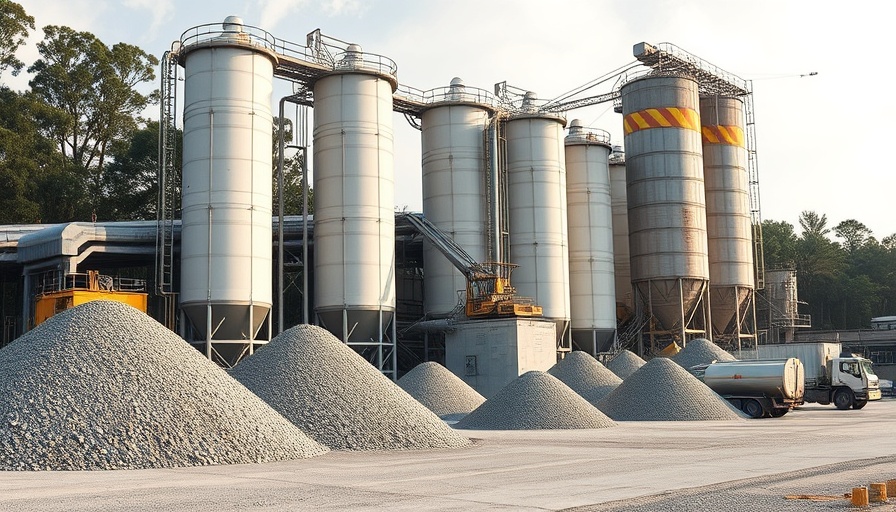
Understanding Quality Control in Admixture Manufacturing
Quality control (QC) represents a cornerstone in the world of admixture manufacturing, ensuring that producers meet the high standards essential for constructing durable and resilient structures. As concrete and construction processes evolve, so too does the emphasis on manipulating variables that affect performance. This increasingly pertinent aspect of the industry is particularly significant given the growing demands for sustainable practices and better-tested materials.
Why is Quality Control Crucial?
Quality control is not merely a regulatory hurdle; it is a proactive approach to manufacturing that safeguards the integrity of the admixtures. For property developers and construction firms, the implications of using quality-controlled products are monumental. Well-tested admixtures enhance concrete performance, contributing to durability, increased strength, and resistance to environmental stressors, including water ingress and chemical exposure. In an industry where structural failure can lead to disastrous consequences, the importance of rigorous QC mechanisms cannot be overstated.
How is Quality Control Executed?
In the realm of admixture production, quality control is executed through systematic evaluations using trial batches. Manufacturers take trial concrete mixes, including admixtures, and rigorously test them to establish a baseline against standard mixes. Key among these is the density test for liquid admixtures, which determines their specific gravity, crucial for assessing workability.
Solid admixtures undergo assessments using techniques like cone penetrometer tests, which measure consistency, and compressive strength tests to evaluate overall effectiveness. These tests reveal the admixture’s impact on the concrete's short-term strength and long-term durability. For mineral admixtures, such as fly ash or slag, distinct methods are used to assess properties unique to each material, such as fineness and soundness.
Exploring Current Trends and Innovations
The landscape of admixture manufacturing is not static; it continues to evolve with innovations driven by sustainability. For example, the industry is witnessing a rise in the use of eco-friendly admixtures that reduce carbon footprints in construction projects. This shift aligns with broader environmental goals and addresses the preferences of health-conscious businesses and consumers who prioritize green practices.
These advancements lead to a refreshed perspective on admixture quality that goes beyond mere performance testing—emphasizing suppliers’ roles in holistic sustainability, where resource efficiency and eco-friendliness join hands with structural integrity.
Conclusion: A Call for Commitment to Quality
Quality control is not just a procedural requirement—it's a vital investment in safety and sustainability that benefits everyone involved, from manufacturers to end-users. By ensuring that the admixtures they use meet rigorous quality standards, developers can create lasting structures that contribute positively to the community and environment.
With myriad choices available to businesses focused on sustainable building and responsible construction, investing in quality-controlled admixtures is a step towards promoting a future where safety and environmental responsibility coexist. Join us in prioritizing quality and support your local suppliers committed to best practices in admixture manufacturing.
 Add Row
Add Row  Add
Add 




 Add Row
Add Row  Add
Add 

Write A Comment